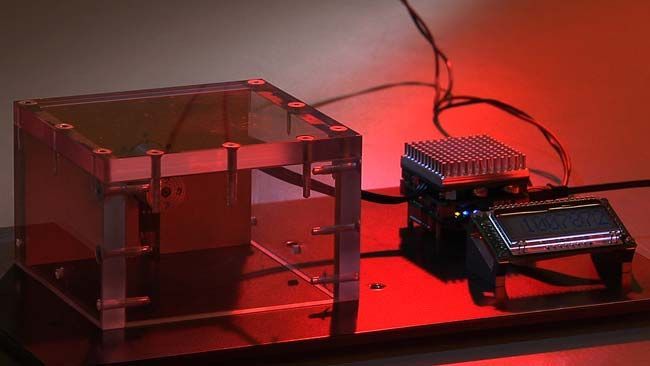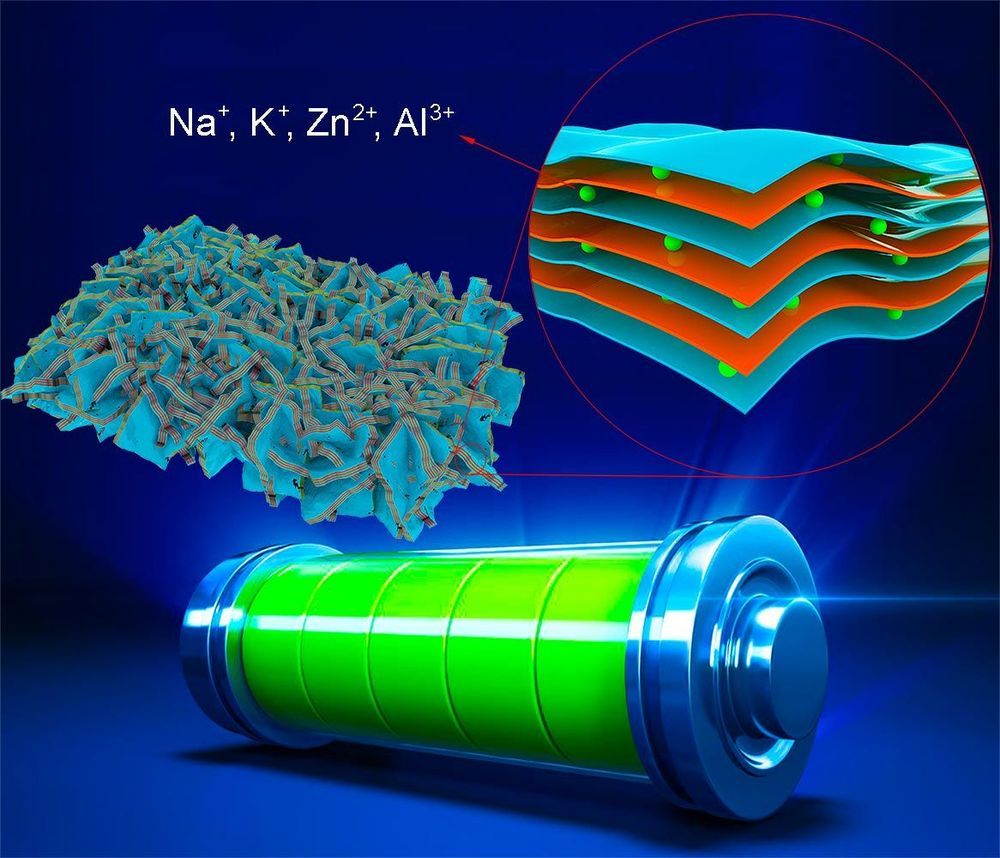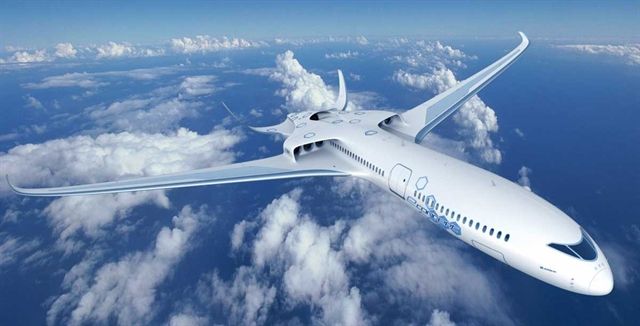Remember just 2 years ago when the utility companies that supply electricity to customers in Arizona went into a tizzy over a ballot initiative that would mandate them to get 50% of their electricity from renewable sources by the year 2030? Oh, the weeping and wailing and gnashing of teeth could be heard from sea to shining sea. It was a direct frontal assault on the American way of life. It was so dire, the utilities ponied up $40 million of their own money (actually it was their customers’ money) to defeat it.
Category: energy – Page 302

New Spin Record Set: 1 Million rpm
Circa 2008
Industrial motors can spin at a head-spinning 250,000 revolutions per minute. But a new matchbook-sized motor runs circles around the competition.
Researchers from ETH Zurich’s Department of Power Electronics created a drive system in cooperation with its industrial partners that exceeded 1,000,000 rpm in tests.

Improved Advanced Energy Storage Using New Nano-Engineering Strategy
New types of cathodes, suitable for advanced energy storage, can be developed using beyond-lithium ion batteries.
The rapid development of renewable energy resources has triggered tremendous demands in large-scale, cost-efficient and high-energy-density stationary energy storage systems.
Lithium ion batteries (LIBs) have many advantages but there are much more abundant metallic elements available such as sodium, potassium, zinc and aluminum.

Astrophysicists unveil biggest-ever 3D map of Universe
Geneva (AFP)
Astrophysicists on Monday published the largest-ever 3D map of the Universe, the result of an analysis of more than four million galaxies and ultra-bright, energy-packed quasars.
The efforts of hundreds of scientists from around 30 institutions worldwide have yielded a “complete story of the expansion of the universe”, said Will Percival of the University of Waterloo in Ontario, Canada.



Scientists Create Room-Temperature All Liquid-Metal Batteries
A team from the Cockrell School of Engineering at the University of Texas at Austin have developed a new kind of battery that mixes the best of both worlds of liquid- and solid-state batteries. The design is the first all-liquid metal battery that can work at room temperature and is claimed to outperform lithium-ion batteries.
Liquid metal batteries are less susceptible to wearing out than solid batteries because dendrites don’t form and damage the components. The only downside is, most of these batteries need to be heated to at least 240°C (464°F) to keep the metals liquid and the equipment required to do that is bulky and energy-consuming.
For the study, published in the journal Advanced Materials, the UT team examined alloys that could remain liquid at useful temperatures. They decided to use a gallium-indium alloy for the cathode and a sodium-potassium alloy for the anode, which was able to stay liquid at 20°C (68°F). The researchers say it’s the lowest operating temperature ever recorded for a liquid-metal battery.


New Room-Temperature Liquid-Metal Battery Could Be the Path to Powering the Future
AUSTIN, Texas — Researchers in the Cockrell School of Engineering at The University of Texas at Austin have built a new type of battery that combines the many benefits of existing options while eliminating their key shortcomings and saving energy.
Most batteries are composed of either solid-state electrodes, such as lithium-ion batteries for portable electronics, or liquid-state electrodes, including flow batteries for smart grids. The UT researchers have created what they call a “room-temperature all-liquid-metal battery,” which includes the best of both worlds of liquid- and solid-state batteries.
Solid-state batteries feature significant capacity for energy storage, but they typically encounter numerous problems that cause them to degrade over time and become less efficient. Liquid-state batteries can deliver energy more efficiently, without the long-term decay of sold-state devices, but they either fall short on high energy demands or require significant resources to constantly heat the electrodes and keep them molten.
Scientists achieve major breakthrough in preserving integrity of sound waves
In a breakthrough for physics and engineering, researchers from the Photonics Initiative at the Advanced Science Research Center at The Graduate Center, CUNY (CUNY ASRC) and from Georgia Tech have presented the first demonstration of topological order based on time modulations. This advancement allows the researchers to propagate sound waves along the boundaries of topological metamaterials without the risk of waves traveling backwards or being thwarted by material defects.
The new findings, which appear in the journal Science Advances, will pave the way for cheaper, lighter devices that use less battery power, and which can function in harsh or hazardous environments. Andrea Alù, founding director of the CUNY ASRC Photonics Initiative and Professor of Physics at The Graduate Center, CUNY, and postdoctoral research associate Xiang Ni were authors on the paper, together with Amir Ardabi and Michael Leamy from Georgia Tech.
The field of topology examines properties of an object that are not affected by continuous deformations. In a topological insulator, electrical currents can flow along the object’s boundaries, and this flow is resistant to being interrupted by the object’s imperfections. Recent progress in the field of metamaterials has extended these features to control the propagation of sound and light following similar principles.